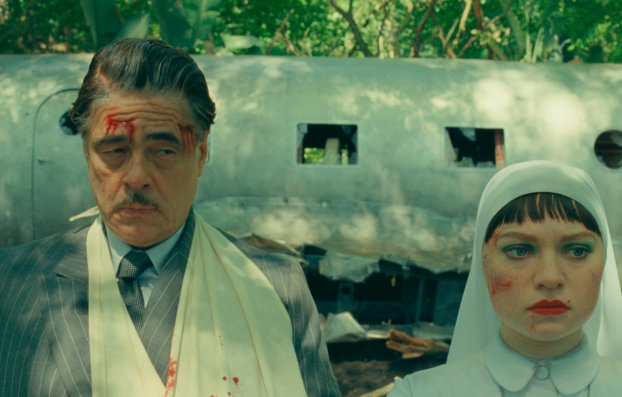Indian singer Diljit Dosanjh’s recent Met Gala debut has marked a significant moment in global fashion, blending traditional Punjabi aesthetics with modern style in a way that resonates worldwide.
At 41, Dosanjh, the only Punjabi musician to perform at Coachella, walked the Met Gala red carpet dressed as an early 20th-century maharajah. His ensemble — an ivory and gold creation by designer Prabal Gurung — featured a feathered, jewel-encrusted turban, a diamond necklace inspired by a historic Cartier piece, a Panthère de Cartier watch, and a lion-headed, jewel-studded sword. Embroidered on the back of his cape was a map of Punjab, his home state, alongside letters from the Gurmukhi script.
This striking look quickly became a trending topic across India, highlighting Dosanjh’s influence not only in music but also in fashion. Known for blending traditional Punjabi styles with Western hip-hop influences, Dosanjh has pioneered a unique style marked by anti-fit trousers, chunky sneakers, colorful turbans, and layered necklaces.
This cultural fusion extends beyond Dosanjh. Punjabi music and fashion have increasingly embraced global trends while maintaining strong regional roots. Musicians like Jazzy B, Badshah, Yo Yo Honey Singh, and AP Dhillon have each influenced Punjabi youth with bold accessories, distinctive eyewear, and luxury brand endorsements. Their impact, though significant regionally, has gained global reach through artists like Dosanjh, who appeal to both the Sikh diaspora and wider international audiences.
Cultural experts attribute this reinvention to the Punjabi diaspora’s deep engagement with Western pop culture. Art historian and curator Alka Pande explains, “Punjabi men are inventive… especially in the diaspora, they are the showmen of their lives.” The result is a hybrid identity that embraces both traditional heritage and modern fashion.
This trend is visible in everyday Punjabi life, from high-intensity bhangra competitions in California to underground dance nights in Berlin, where sneakers and deconstructed pants replace traditional footwear and costumes. Punjabi music itself, characterized by energetic beats and lyrics referencing global cities and luxury brands, has become a vibrant subculture influencing fashion choices.
Back home, Punjab has embraced this cultural shift, with luxury fashion symbolizing prosperity and modern identity beyond its farming roots. Acclaimed singer Rabbi Shergill describes the trend as “a response to the hyper capitalist world,” reflecting a broader social transformation.
Despite adopting global influences, Punjabi musicians maintain an androgynous, rooted style that showcases their cultural identity. Dosanjh’s Met Gala outfit epitomizes this balance of heritage and innovation, setting a new standard for representation on the world stage.
This fusion has transformed local fashion scenes as well. Bhangra performers now favor sneakers, graphic T-shirts, and denim alongside traditional attire. Retailers like Harinder Singh, owner of the brand 1469, report strong demand for accessories inspired by music icons, including turbans in numerous colors and signature jewelry pieces.
Young artists and poets, such as Gurpreet Saini, also draw on these influences, combining traditional Punjabi elements like Gurmukhi script shawls with contemporary fashion, further solidifying this evolving cultural identity.
What started as personal style statements among Punjabi musicians have now become powerful cultural symbols, reshaping perceptions of Punjabi identity worldwide through music, fashion, and hybridity.
For more insights on cultural trends and style, visit BlogHear.com — your source for global lifestyle news.




